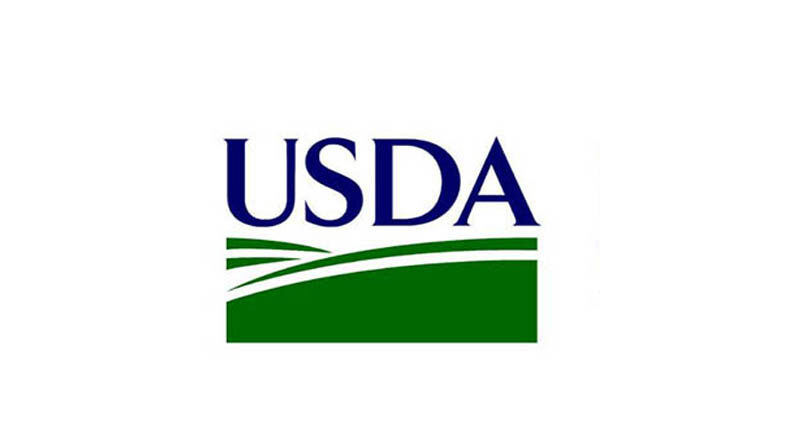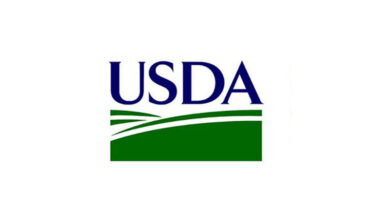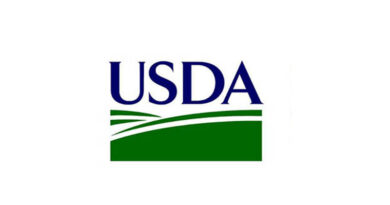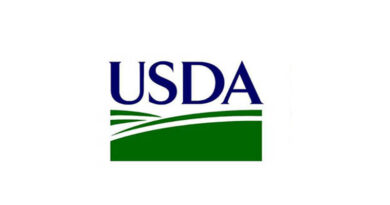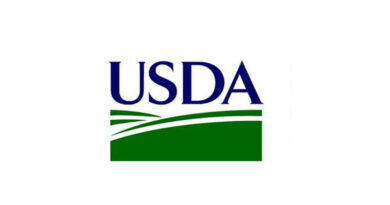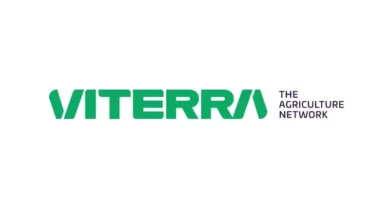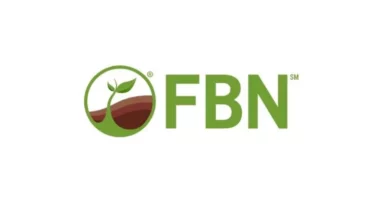U.S. Agriculture Secretary Tom Vilsack Highlights Key Work in 2021 to Promote Food and Nutrition Security
21 January 2022, Washington: Today, U.S. Secretary of Agriculture issued the following statement highlighting key accomplishments to promote food and nutrition security at the Department of Agriculture since the Biden-Harris Administration took office on January 20, 2021.
“2021 again offered unparalleled challenges to Americans and institutions like the USDA dedicated to serving them in whatever circumstances they may face – most especially hunger and nutrition insecurity,” said Vilsack. “The scale of these trials is only rivaled by the magnitude of the efforts that the Biden-Harris Administration and the USDA have undertaken to meet them.”
Over the past year, millions have continued struggling to make ends meet, to feed themselves and their families. USDA has taken steps to not only increase benefits through the host of programs available to assist those in need, but to expand access to those programs and reach out to those that have been historically underserved.
Key USDA accomplishments during 2021 include:
- Re-evaluated the Thrifty Food Plan, increasing SNAP purchasing power by 21%, better supporting a healthy diet.
- Worked with school food service workers to issue 19 types of waivers to ensure school cafeterias had the flexibility they needed to keep serving 35 million children across the country every school day, and over the summer, while contending with the COVID-19 pandemic.
- Expanded pandemic-EBT, increasing benefits by approximately 15% and delivering almost $42 billion in benefits for nearly 33 million low-income and food insecure children that missed out on free meals when schools were closed.
- Increased emergency SNAP benefits by $1 billion for 25 million Americans in the lowest-income households.
- Increased support for nutrition assistance programs in US territories not served by SNAP to aid residents experiencing pandemic-related hunger. A $30 million grant was issued to the Commonwealth of the Northern Mariana Islands, nutrition assistance for American Samoa was increased by 23%, and Puerto Rico received an additional $966 million to help its citizens with much needed nutrition assistance.
- Invested $1.5 billion to support the purchases of agricultural commodities to help school nutrition professionals make sure students have reliable access to healthy meals.
- Adjusted school meal reimbursements by an estimated $750 million to help schools serve children during the rise in food prices.
- Increased food assistance by $37 million to low-income seniors through the Commodity Supplemental Food Program.
- Announced an investment of $1 billion to purchase healthy food for food insecure Americans and build food bank capacity.
- Provided $490 million from the American Rescue Plan to incentivize the purchase of fruits and vegetables under WIC.
- Expanded partnerships for the SNAP Online Purchasing Pilot Program to allow SNAP households in 46 States and the District of Columbia the option to use SNAP benefits to purchase groceries online at thousands of stores.
- Worked with the Department of Education to expand SNAP benefits to college students throughout the COVID-19 pandemic.
- Invested nearly $5 million to improve access to healthy foods in underserved areas, to create and preserve quality jobs, and to revitalize low-income communities through the Healthy Food Financing Initiative.
- Invested $248 million in 10 new school feeding projects expected to benefit more than a million vulnerable children and families in developing countries.
- Joined the Global School Meals Coalition, which aims to strengthen and expand school feeding programs across the globe to make nutritious meals available for all children by 2030.
- Highlighted more than $5 billion in planned investments to combat hunger, poverty and build more sustainable, equitable and resilient food systems around the world at the United Nations Food Systems Summit.
- Partnered with the Food and Drug Administration to reduce heavy metal content in foods, particularly foods for infants and children.
- Released the Food Access Research Atlas interactive map for users to better access to healthy food.
- Developed algorithms to allow farmers and food inspectors to predict and identify Salmonella contamination as well as new technology to eliminate harmful microbes from fresh fruits and vegetables.
- Invested more than $34 million through its Gus Schumacher Nutrition Incentive Program (GusNIP) to support greater food access and nutrition security for low-income and at-risk communities.
- Invested more than $200 million in research, education, and innovation to tackle food and nutrition insecurity.
In 2022, USDA will continue to prioritize the following objectives:
- Increasing participation in WIC by modernizing the program and ensuring parents understand the value of WIC, using $390 million from the American Rescue Plan Act.
- Supporting schools as they navigate the challenges of the pandemic and related operational issues while also ensuring children continue to enjoy healthy meals at school.
- Evaluating all USDA nutrition assistance programs to ensure that they serve all Americans equitably, removing systemic barriers that may hinder certain groups from taking part.
- Continuing USDA’s focus on nutrition security, not just for the duration of the pandemic, but well into the future to make sure the many nutrition programs USDA offers are providing access to nutritious food for all those in need.
USDA touches the lives of all Americans each day in so many positive ways. In the Biden-Harris Administration, USDA is transforming America’s food system with a greater focus on more resilient local and regional food production, fairer markets for all producers, ensuring access to healthy and nutritious food in all communities, building new markets and streams of income for farmers and producers using climate smart food and forestry practices, making historic investments in infrastructure and clean energy capabilities in rural America, and committing to equity across the Department by removing systemic barriers and building a workforce more representative of America.

